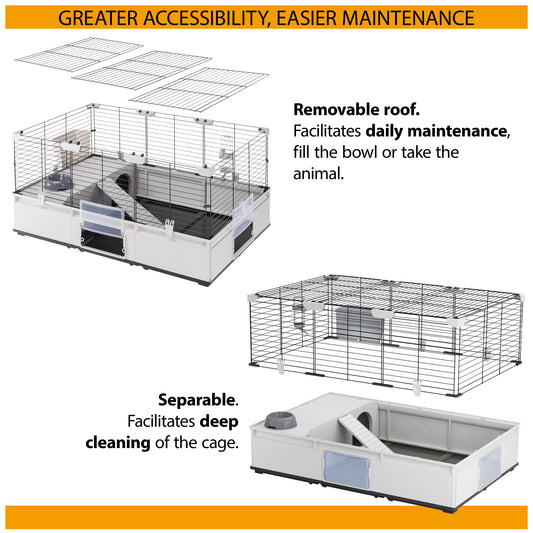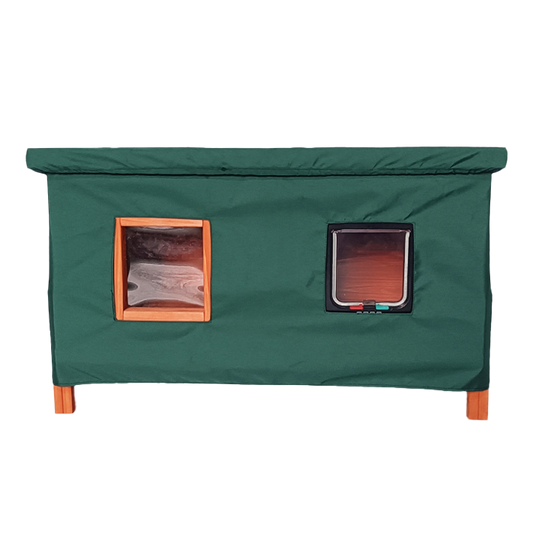There is a common misconception that cats are stubborn and disobedient compared to dogs, making them impossible to train. In fact, cats are highly intelligent and all over the world you’ll find felines that come when called and sit when asked. Some can even give a high five, fetch a cat toy on command and – believe it or not – use a toilet instead of a litter tray in the home.
Cats are actually easier to communicate with than you’d think, but the key to training them is to find the right motivation and to use a positive, reward-based approach.
Click and treat
Clicker training is a technique originally developed in the 1950s for use with dolphins but began being used to train dogs in the 1990s as an alternative to the punishment-based methods that had previously been used by the likes of Barbara Woodhouse.
Positive reinforcement is now accepted as the most effective and kindest way to train animals – offering a reward as an incentive in exchange for a desired behaviour. The clicker is used to mark the exact moment that the cat achieves that behaviour and then a reward is given. The cat soon develops a positive association between the click and the cat treat, so will want to repeat this behaviour.
When it comes to motivation, the majority of cats (like dogs) will respond most keenly to food – and the more exciting the cat food, the better! Find something that your cat finds particularly appealing, like small pieces of cooked chicken, and reserve these treats for training times only.
Why should I train my cat?
Cat training is not just for owners who are looking for pet party tricks to entertain their friends – it’s much more useful than that. For example, by teaching your cat to go willingly into their cat carrier when asked, you’ll make preparing for a vet trip a lot less stressful. A cat that is happy to give a paw and have it held will be much more comfortable being examined by a vet or having their claws clipped than one who is unused to the experience.
Training is also a great bonding exercise and a fun activity you can do together to keep your cat stimulated. It can be tremendous fun and who knows what your pet is capable of? Give it a try!
Teach your cat to sit
- You’ll need a clicker or something that can make a marker noise (the click of a ball point pen will do just fine) and whatever cat food you are using as a reward.
- Sit on the floor in front of your cat with the clicker in one hand behind your back and the treat in your other hand in front of you.
- Hold the cat food just above your cat’s head so that his eyes follow it up. This will naturally make your cat go into a sit or a partial sitting position. When this happens, click and immediately give him the reward.
- Repeat this process over several days and gradually become selective, only clicking and rewarding your cat when he is sat in a good position.
- When your cat is sitting reliably, you can start adding a cue word – such as ‘sit’ – which he will then also associate with the behaviour.
Top training tips
- You should never punish your cat or force him to do anything he’s not happy about.
- Choose a time when your cat is hungry and not too tired so he’ll be super motivated.
- Keep sessions short so your cat doesn’t get bored or distracted. Little and often is best and always finish on a positive note.
- If things aren’t going well, take a break and try another day or try a different reward.
- Patience is key and it has to be fun for both of you.
If you enjoyed this article, you may be interested in these:









